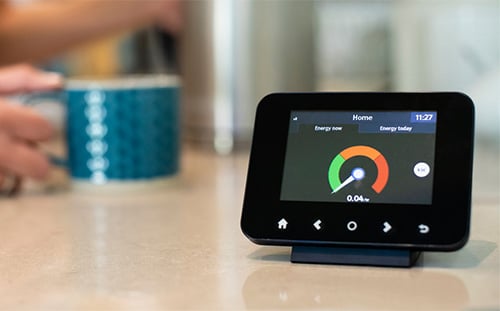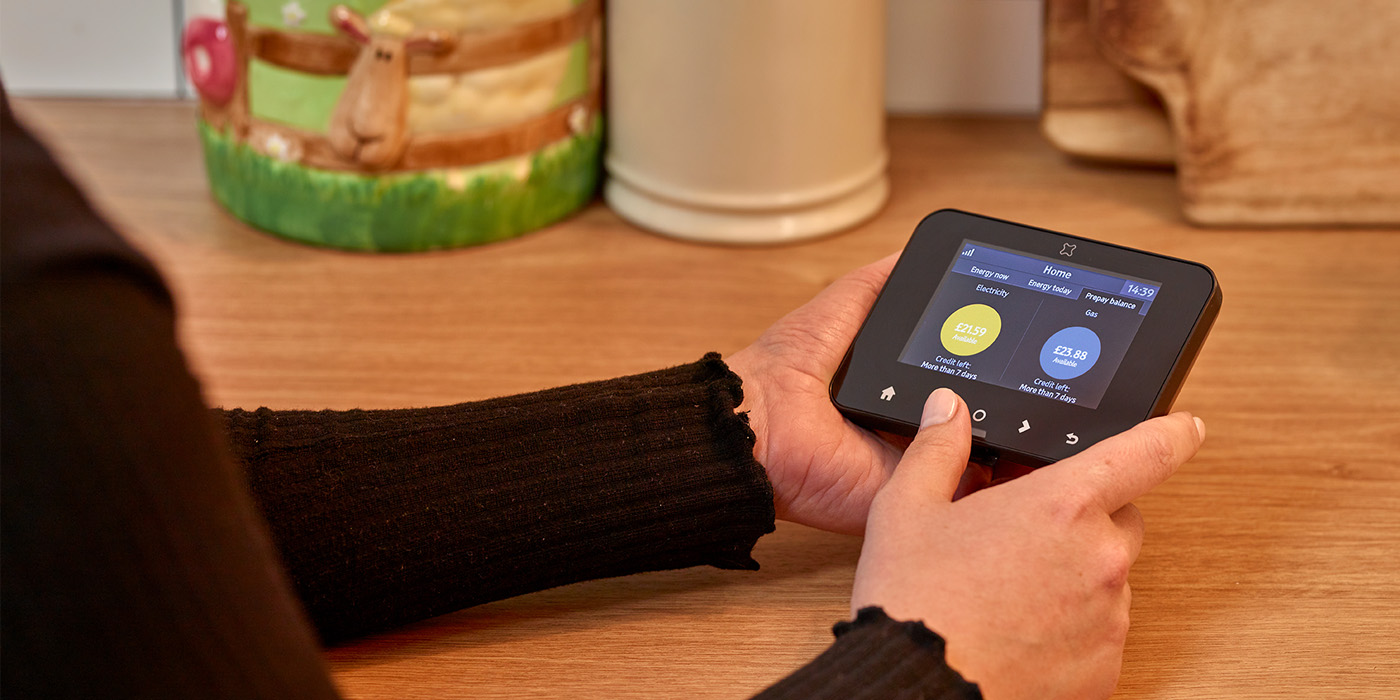Nearly half of SSEN’s customers in its licence areas across the north of Scotland and central southern England, now have smart meters installed. The energy consumption data that these meters provide can be useful to households to help track their energy use, but it also has another value. Smart meters log the voltage at each house to ensure customers are receiving the right power quality and this is now being used to create new benefits, which will ultimately help thousands of customers to decarbonise more quickly and efficiently.
SSEN’s local electricity cables effectively have three separate wires, termed “phases”, with each customer connected to one of these three. Over time, some phases have had significantly more load connected than others, as customers adopt low carbon technologies such as car chargers or heat pumps. This creates a challenge for SSEN as the local network operator, because good quality data about the existing network is essential, to support a smooth, efficient connections process for new customers. To ensure the network can deliver a safe, secure, and reliable service, SSEN frequently uses site visits as part of new connections requests, but these may need more time to complete.
Instead, the teams at SSEN have developed an algorithm which can process smart meter data and identify the minute similarities between the voltage changes in each house. Grouping these together allows SSEN to work out remotely which phase each customer is connected to, without a single mile being driven. This information will support more efficient network management, allow more low carbon technology to connect to the existing network, reduce energy loss from the local system and help speed the location of faults.
Stewart Reid, Head of Future Networks at SSEN said:
“The voltage variation of each phase on our network is almost like a fingerprint, a near-unique profile that can allow us to pinpoint precisely which part of our network a customer is connected to. This is allowing us to update our records remotely and automatically, which is a far more efficient way of gathering and maintaining this valuable data set.
“Customers will see the benefit, through quicker and more automated responses to requests for new connections and upgrades, speedier restoration of local network faults and more accurate supply interruption notifications. Ultimately better data allows us to run our network more efficiently, providing savings which are then shared with our customers.
Better network data will also support more targeted deployment of new flexibility services which will help support a fully decarbonised electricity system by 2035. Flexibility is the ability to shift the timing or location of generation or demand and will be vital to optimise the existing network. SSEN’s improved visibility of its low voltage network will allow the more precise procurement of flexibility services and other new solutions that are emerging. Flexibility has the potential to reduce the costs of the UK energy system by up to £10bn per year by 2050 and could create 24,000 jobs in the process; innovative use of data will be core to delivery of those benefits.
Victoria Bacon, Director of Communications at Smart Energy GB said:
“Not only do smart meters put consumers in greater control of their energy use, but every single one of the 31.3 million smart meters already installed across Britain is helping to unlock a cleaner, smarter and more flexible way of using energy.
“SSEN’s use of smart meter data is a great example of the ways in which these clever devices can support innovation and help to build a more responsive energy system.”
Smart Meters
Smart meters facilitate the transition to a low carbon energy economy by helping customers better understand and control their energy consumption to both save energy and reduce bills.

